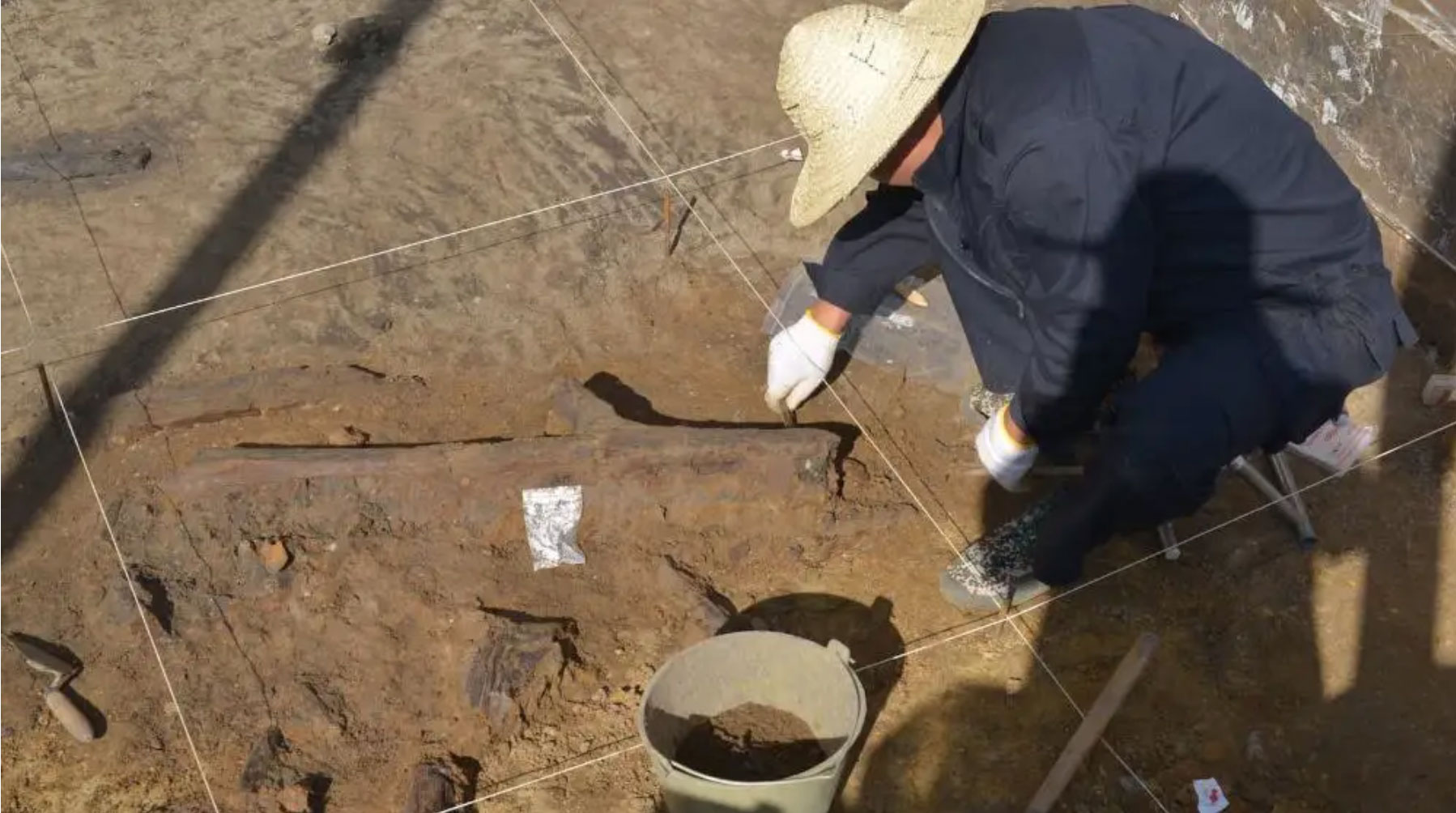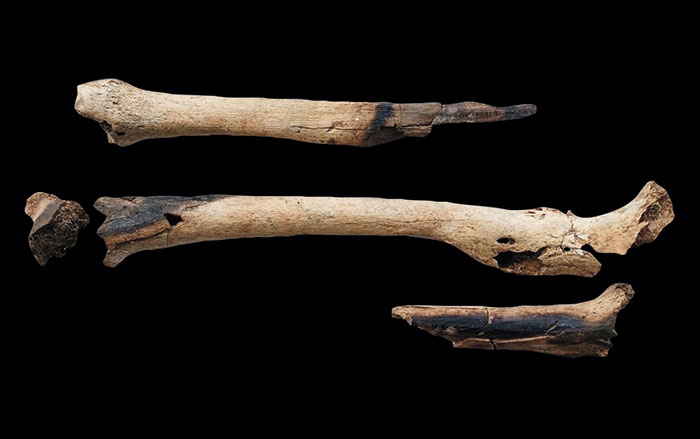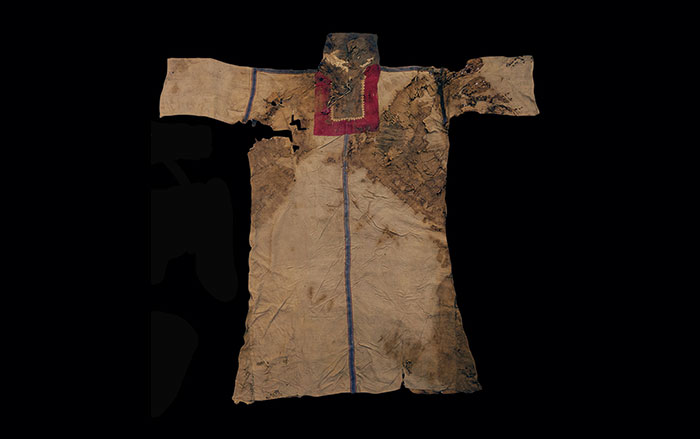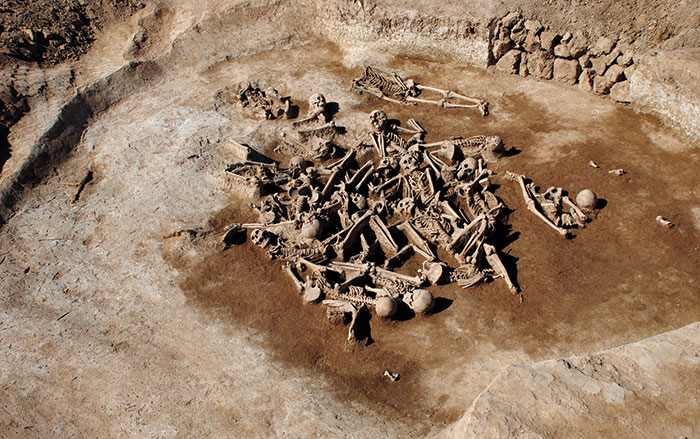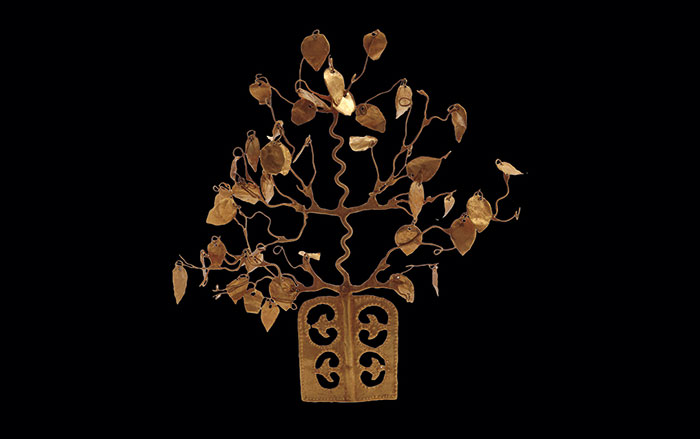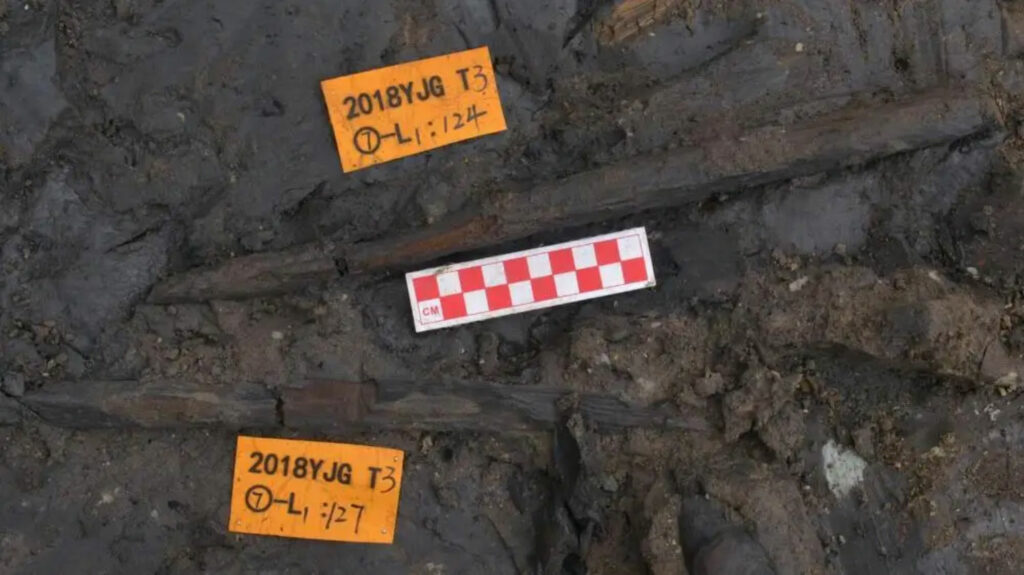
GANTANGQING, CHINA—Humans have been making and using wooden tools for over one million years, but since they decompose quickly, they rarely survive in the archaeological record. However, according to an Ars Technica report, archaeologists uncovered a rare collection of wooden tools from the site of Gantangqing in southwestern China that are between 250,000 and 361,000 years old—the oldest ever found in East Asia. The artifacts were found in a low-oxygen clay deposit, which is why they were so well-preserved. In total, 35 implements were found, mostly made from pine. They were modified in various ways: some had rounded ends, others chisel-like blades, and still others were almost hook-shaped. While they probably served a wide range of functions, most of the tools were devised and used for digging up, cutting, and processing plants, especially ones with nutritious edible stems or bulbs buried underground. Researchers are still unsure which modern human ancestor group made the tools, but their designs display impressive craftsmanship and an advanced knowledge of their surrounding ecological resources. To read more about evidence of early hominins in East Asia, go to "China's New Human Species."


